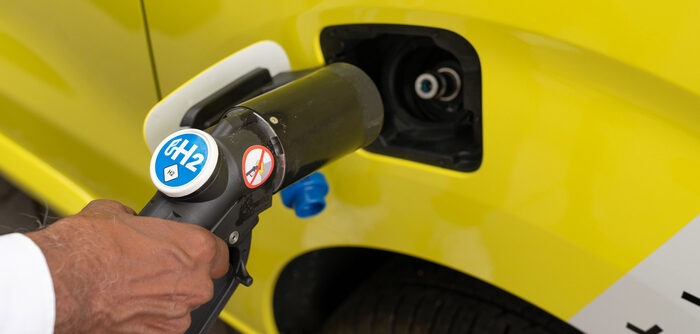Following a visit to Stellantis’s Hordain site in northern France, the company’s CEO, Carlos Tavares, has announced plans to mass produce Peugeot, Citroën and Opel light commercial vehicles, including hydrogen-powered versions equipped with fuel cells, at the facility.
The hydrogen-powered vehicles are set to be assembled on Stellantis’s multi-energy line, which currently manufactures electric and combustion-engine versions of the K-Zero.
Using a reinforced platform from body-in-white onward, the hydrogen-powered models will follow the same paintwork and assembly lines as the combustion-engine and electric models. Once this process is complete, the vehicles will move into a new 8,000m² facility for final tuning.
In this area, a team of Stellantis engineers will fit the tank, additional batteries and fuel cell into the vehicle. The production line at the Hordain site halves the adjustment time compared with a previously used small-scale process that involved the fuel cell being assembled at a pilot workshop in Rüsselsheim, Germany.
The hydrogen K-Zero vehicles with a fuel cell are intended for use by long-distance freight professionals who require a longer range of up to 400km. The vehicles can be charged in as little as three minutes and can carry up to 1,000kg.
“I’m very proud of the work done by the management and employees at Hordain, who have made their site the first in the world to combine three types of energy, made possible by the flexibility of our manufacturing system,” Tavares stated. “Today’s announcement demonstrates the Stellantis commitment to investing in France in the latest technologies, and to supporting low-carbon mobility based on the ‘One Company’ principle. Stellantis has succeeded in moving on to the next step in automotive history, in a transition managed in conjunction with our social partners at our 12 industrial sites across seven French regions, where we are proud to have laid historical roots.”


